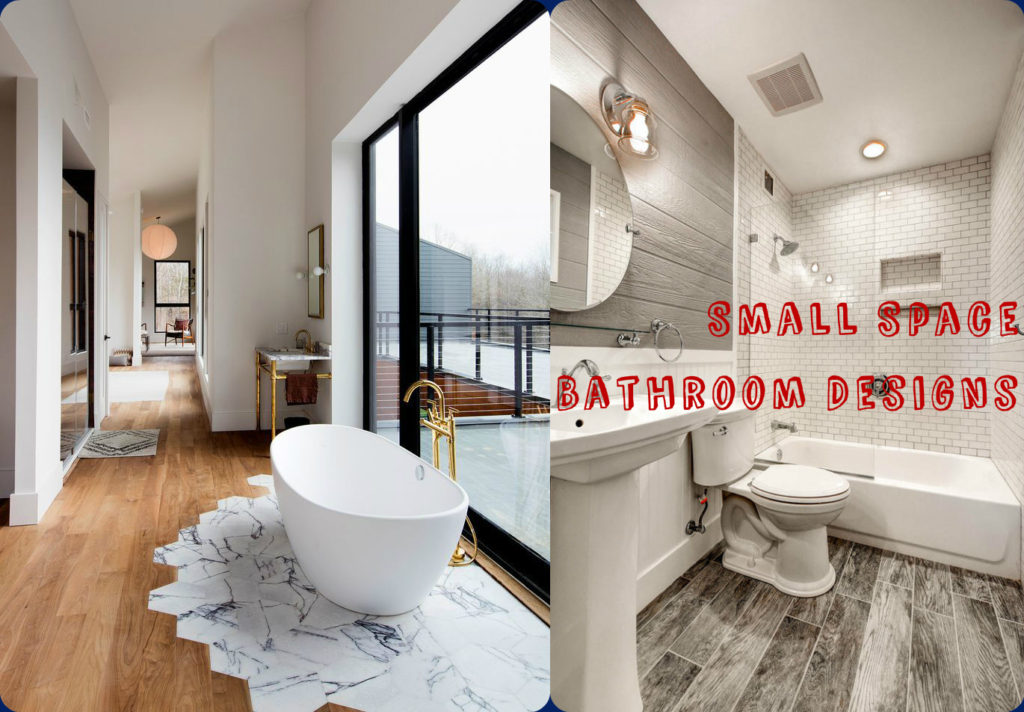A new school year presents the teachers with an opportunity to inspire a new batch of students to do their best and work hard. As teachers, you have goals that you want to achieve every year, every week, and every day and maybe even during class time. Goal setting gives students a template and format to follow during the school year. As much as you want to work hard to achieve your individual goals, it is essential to encourage students. Here are a few tips that you can use in the classroom to achieve academic and behavioral objectives with your students.
Encourage Short Term Goals: Short-term goals (especially the realistic and achievable ones) have the advantage of providing almost instant gratification. These little milestones can set the stage for achieving long-term goals throughout the year as benchmarks. Short-term goals work well for younger students, but one must not underestimate their value for older students as everyone loves the sense of accomplishment. Short-term goals are also a great way to get things done and introduce goal setting to students. An example of a short-term goal may be to read a chapter of a book every day for two weeks. Here the idea is that achieving the goal will increase the reading time, improve reading skills, and hopefully help students develop the habit of reading more frequently.
Have Them Individual Worksheets: Work with students to isolate their personal and academic goals at regular intervals throughout the year. Writing down goals can help prepare their minds and attitudes for actions that, over time, solidify a self-regulated and disciplined student.

Information-Based Goal: Organizing students into literature circles encourages them to socialize with others in the class. Literature circles help auditory and participatory students retain more knowledge regarding the lesson. This differentiated instruction activity allows the teacher to hear each circle’s discussion, ask questions, and fill in gaps in understanding. As a bonus, some students may develop leadership skills by leading the discussion.
Work On Behavioural Goal: Examples of behavioral goals are getting along with classmates, showing patience, being quiet when needed, etc. Depending on the nature of the behavioral goal, these can be set privately between teacher and student (with the participation of parents or other support staff). If the behavioral goal applies to the whole class, it is best to set the goal when all students are present. Explain to students why it would be important to improve in these areas and be sure to provide concrete examples of good behavioral goals.
Long Term Goal Planning: For a more complex goal, you have to aim for the long term with a goal that you work on throughout the school year or over a semester. These long-term goals will consist of several steps and will require checks along the way to ensure the student is still on track. As mentioned above, sometimes, you can tick off short-term goals along the way as they lead to the main goal. Encouragement is key here, as are simple reminders of the goal and the pace required.


















